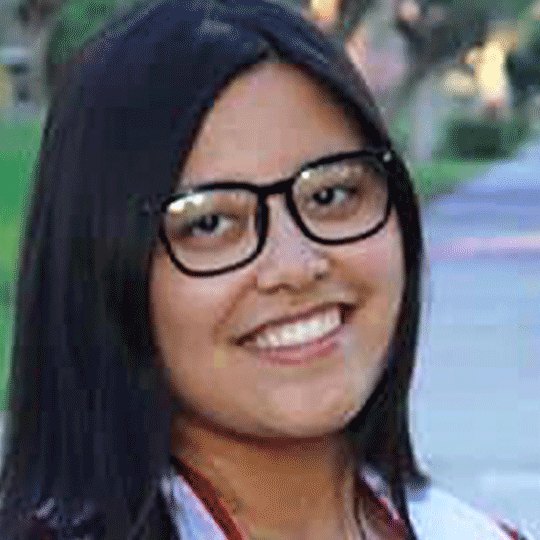June 25, 2021
CSUN Department of Psychology, PI BUILD PODER, Co-Director, HERE Center
The Health Equity Research and Education (HERE) Center was initially created to sustain and expand BUILD PODER, an undergraduate biomedical research training program funded by the National Institutes of Health, but Carrie Saetermoe had a vision to apply research training to health justice topics in the community –to take research to the streets.
“We believe our biggest contribution to health equity is going to be through research and education,” Saetermoe said. “We are activists, of course, but we are a university, so our goals are around knowing what the true issues are in the San Fernando Valley.”
Saetermoe currently serves as the executive director of the HERE Center and a principal investigator of BUILD PODER. Her primary expertiselies in psychology, as she received her bachelor’s and master’s in psychology and her doctorate degree in developmental psychology and health psychology.
“Because I am a person with a physical condition that was once considered a disability, I was very interested in studying disability,” Saetermoe said. “I feel like insiders have knowledge about the people they study.”
Her early research centered on the topic of disability, particularly, youth with disabilities and the stigmatization of disabilities. From there on, she moved into health disparities research and educational equity.
“I was realizing in my classes and having these grants that students were telling me about their family stories, and [their stories] were very different from mine,” Saetermoe said. “[Their experiences were] very different about caring for their siblings and having responsibilities, and I’m thinking, ‘you know, I had the most carefree childhood. I just didn’t have to do anything—I really need to understand what it’s liketo be a student.’”
Much of her work since then has focused on critical race theory in the context of mentorship and education. One of her most recent articles, co-written with Jose Vargas, is about how white mentors need to understand that their mentoring is in a context of racism.
For context, BUILD PODER, the program that the HERE Center springs from, uses critical race theory as the lens for its biomedical research training and research mentoring.
“There’s a momentum here that I really want to grab onto, so if I can ever get out from underneath everything that I have to do on a daily basis, my goal would be to start a research lab again, and [to have] some dedicated researchers really doing some groundwork about what people are thinking,” Saetermoesaid.
Throughout her academic career, Saetermoe has always partnered with community organizations and partners. She believes that research isn’t something done as an outsider looking to exploit data from a group—researchers need to participate in that group.
In essence, she believes that true community-partnered research is responsive to community needs at every level—namely, the student level, the faculty level, and the community level.
“[With regards to all] this research that we want to do back tothe HERE Center, we as researchers should really be responsive to community needs,” Saetermoe said. “We have to use our expertise, but community partners really have to determine what’s important and what direction we’re going to go.”
One of Saetermoe’sgoals at the HERE Center is to talk to community members, specifically, in the San Fernando Valley, about what their impressions of health equity and inequity is, what their health needs are and where they might see an opening for the HERE Center to help them with their issues.
“All of this learning about the Valley is preparatory to knowing where we can have the biggest research impact. Where do our skills match a community program? Can we write a grant about that? Can we do some research? Can we write a policy piece and really make change?” Saetermoe said.
According to Saetermoe, her experience at the HERE Center has been a “sheer delight.” The center began as a “blob of clay” that took form once the different “artists” worked on it.
“Each one of our [team members] has a very cool identity around health equity, and we’re very grateful to [have] them with us,” Saetermoe said. “The center has everyone at the helm. Everyone has a role in how we move forward, [and] I know we want to do it ethically and mindfully.”

